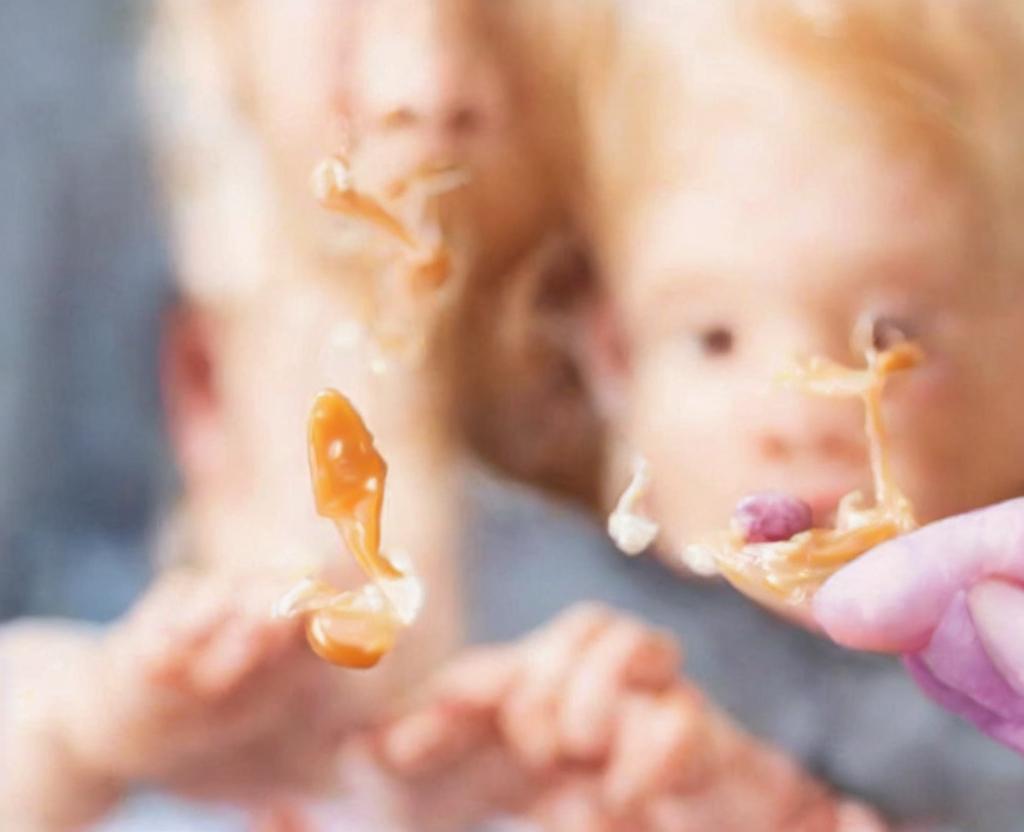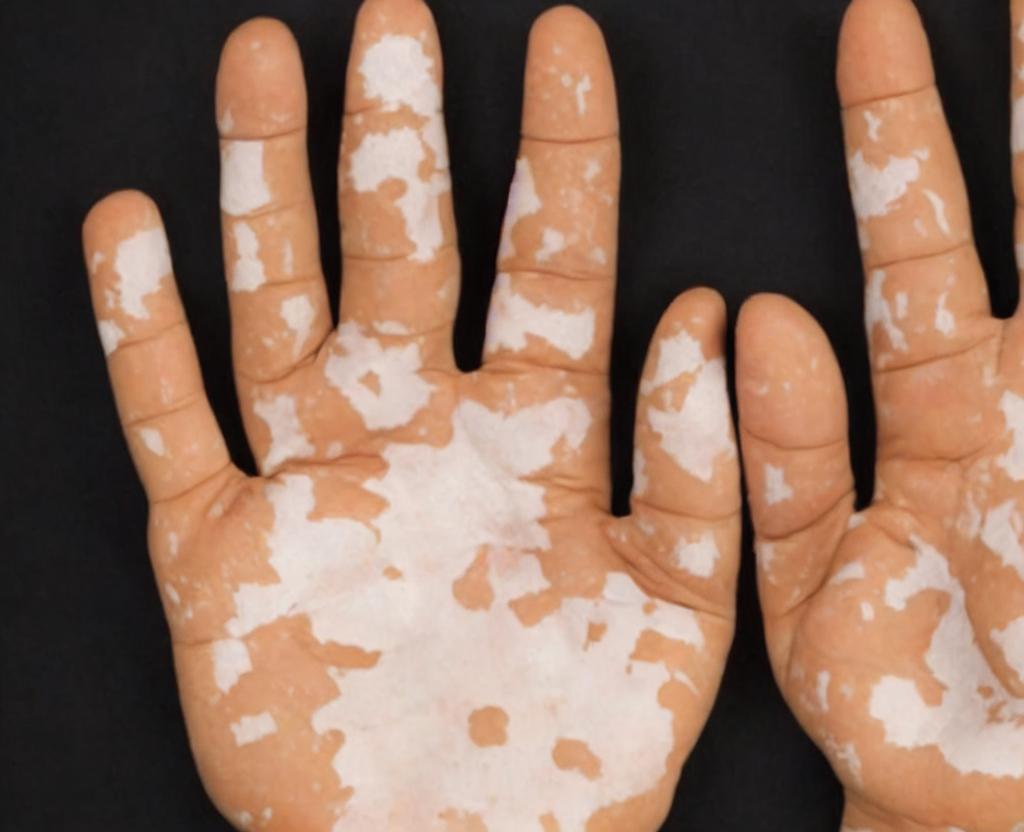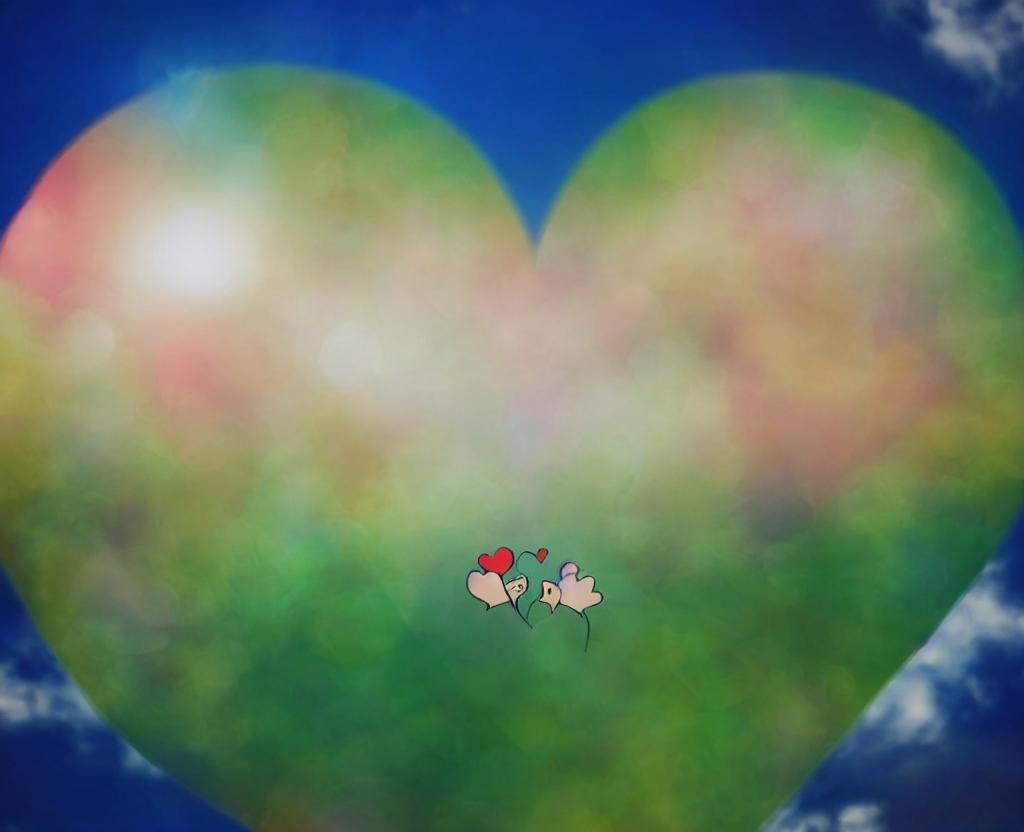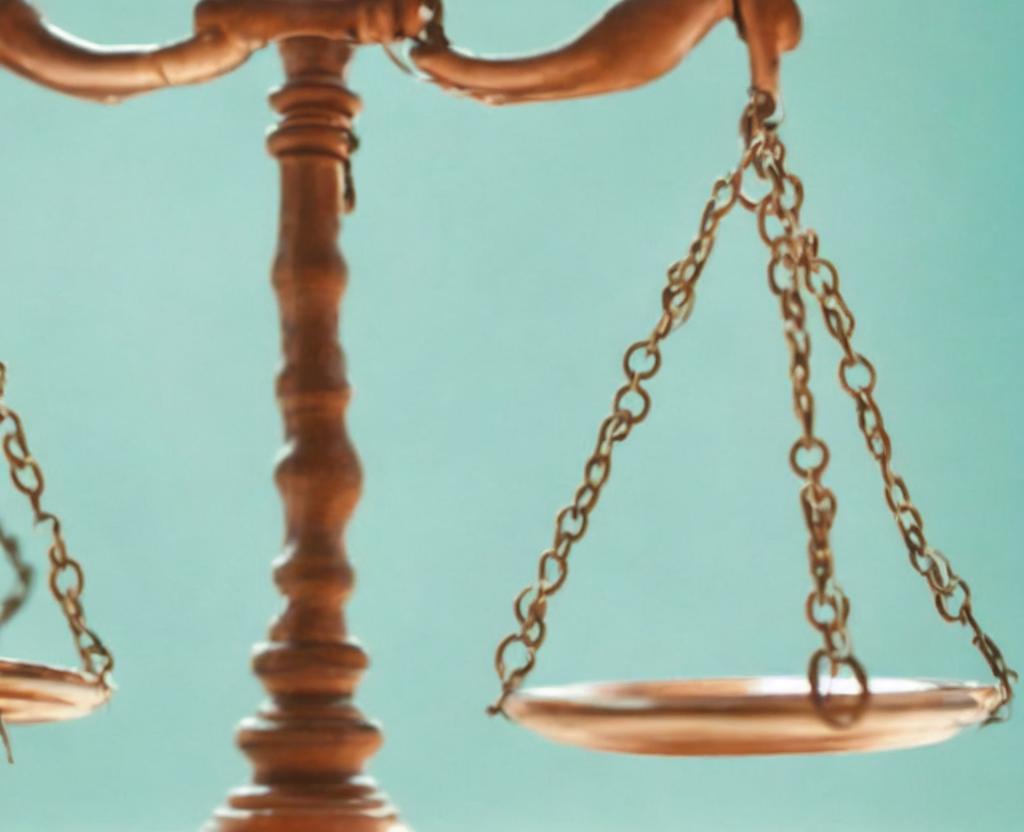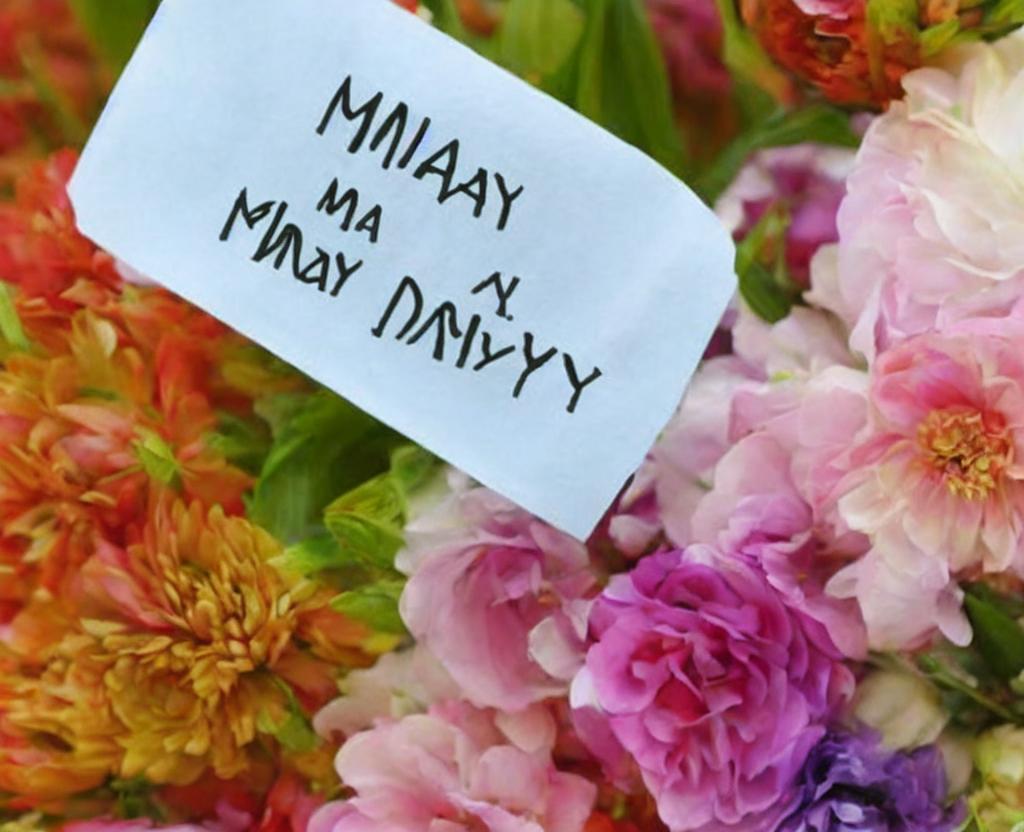
May Day
May Day ushers in a traditional celebration of flowers and spring on May 1st. In several ancient calendars, May 1st marked the first day of summer. This was certainly a cause for celebration..
May day
In cone-shaped baskets, one of the most popular activities was harvesting flowers and offering them to neighbors and strangers. These May Baskets are now known as May Day Baskets. These May Baskets are becoming more popular. The new trend is to hang a cone-shaped basket full of flowers or other gifts outside the doorknob, followed by knocking or ringing the doorbell and running away.
May Day has been a traditional day of celebration for centuries, with some of the oldest appearing in pre-Christian times. The observance is commemorated in English tradition by crowning a May Queen and dancing around a maypole. In the streets, the Finns celebrate a carnival-type festival that features a special kind of lemonade made with lemons, brown sugar, and yeast. While Italians celebrate with a seasonal feast in honor of the arrival of spring, it is correct to give people either dogwood or lily of the valley in France..
How to celebrate #mayday..
Although there are many ways to celebrate the day, don't limit yourself to just one. Select several of these spring picks: Select several of these spring picks: Choose several of these spring picks:
- Dance! Dance! Either dance around a May Pole or dance with someone near you
- Plant flowers are in bloom. Make a point of planting wildflowers so pollinators such as bees and butterflies can be drawn
- Make a flower crown. When you've finished, wear it or place it on the queen in your household
- Fill a basket with flowers Run! Then, give it to your neighbor, ring the bell, and run!
- You can also plant flower bulbs in your gardens, which your neighbors and neighbors will plant in their gardens
- ket. Make a May Basket. Make this template to make and then fill it with flowers to share
When posting on Social Media, use #MayDay.
May day history
May Day has ancient roots dating back to Celtic times. The spring equinox signalled the arrival of warmer days and called for celebrations that guaranteed fertile crops and livestock. Many of the dances, songs, flowers, and other ancient traditions that have long since faded to time.
